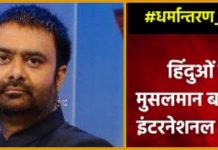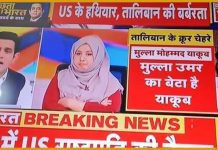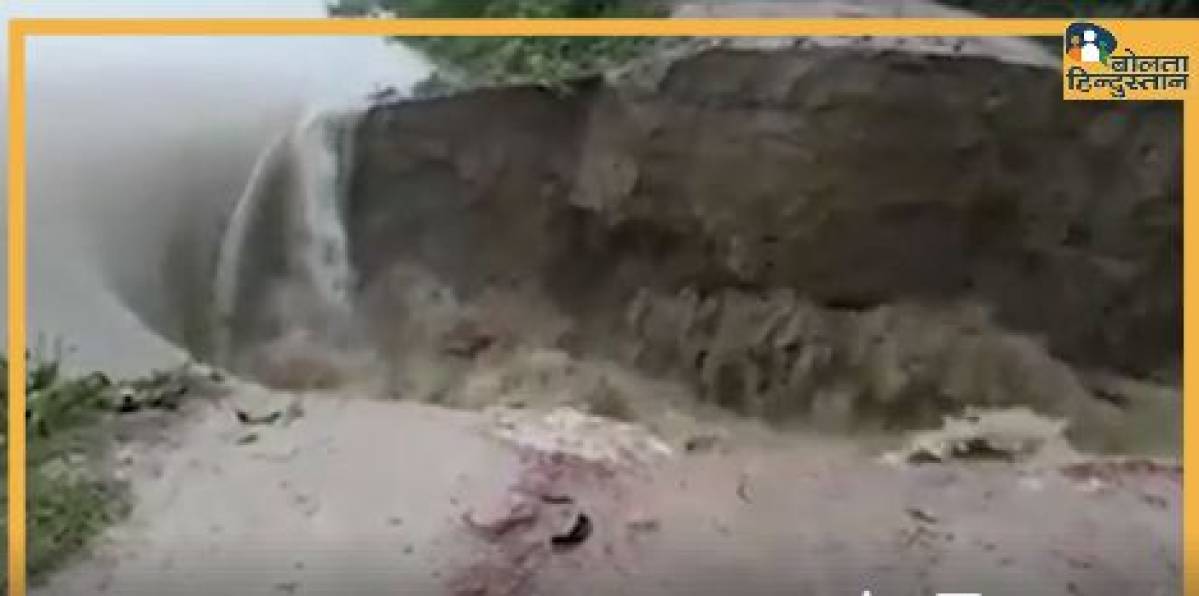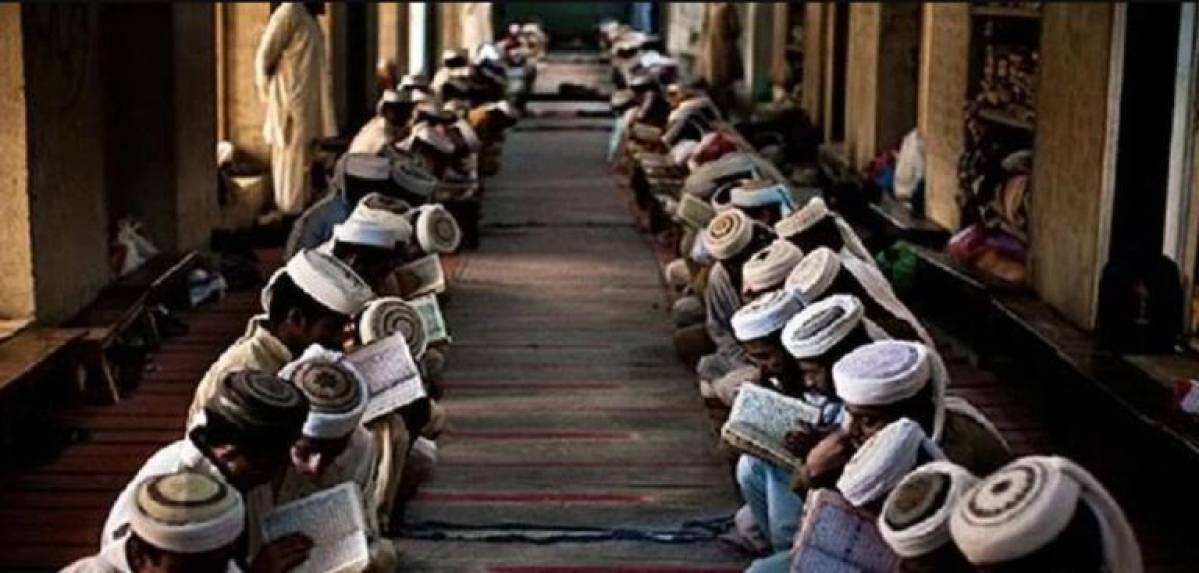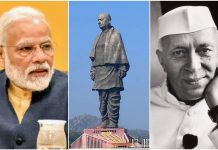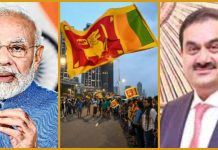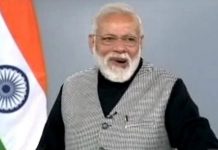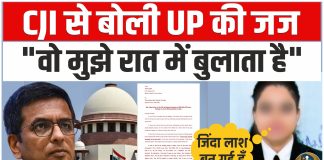
By Tanya Yadav
PM Modi made an announcement on 8th November 2016 which had huge repercussions in store for Indian economy. He had announced that 500 and 1000 rupee notes will cease to be legal tender. People had to get their notes exchanged with new 500 and 2000 rupee notes from the banks.
The main aims of demonetisation were to end black money and terrorism funding. Did this happened? No! Instead the output was endless lines, around 100 deaths and weak economy. Which means that demonetisation was a failed decision. Instead his decision was full of false promises, or rather jumlas.
He gave a speech two years ago which overnight turned Indian economy upside-down. People started losing their jobs, business, patience and even lives.
Demonetisation was a tragedy. It was tragedy for those who lost their loved ones. However, there was a propaganda which compared people standing in lines equals to soldiers standing on border. So nobody, actually nobody cared for those 100 people who lost their lives.
What was demonetisation actually for?
People visualized a corruption-free India, a black-money free India when PM announced for demonetisation. But only negligible amount of money was caught in search raids. SBI had predicted that nearly 30% money wont come back to the banks. Why? Because according to SBI it was black money. However, this was a wrong prediction.
According to RBI’s August 2018 report, 99.3% money was deposited back to the banks. Because this money was deposited in banks and it wasn’t raided money, so it wasn’t black money.
What happened to terrorism funding?
People were dying directly or indirectly due to demonetisation. They were standing in lines for long hours in “Desh-hit”. Still, soldiers and citizens died on borders. Thus, surgical strike and demonetisation failed. Terrorism didn’t stopped. Instead BJP broke its alliance with PDP due to tense conditions in Kashmir.
What happened to Indian economy?
Maybe some people cherish PM Modi’s demonetisation decision. But many reports clearly signal that it was a disaster for Indian economy. According to RBI’s 2017 report, due to GST and demonetisation there had been a loss of 9 lakh crore rupees to Indian economy.
Did unemployment increased due to demonetisation?
Demonetisation not only affected daily workers and small businessmen. It also affected increased unemployment of our country. The latest Centre for Monitoring Indian Economy (CMIE) report says that unemployment rate in the country has increased to 6.9% in October, the highest in two years.
There was a policy namely ‘National Career Service’ which was launched by Modi government. Its aim was to give 50 lakh per year to people. 8 crore 50 lakh youth had registered their names for this scheme from July 2015 to January 2018. But only 8 lakh 9 thousand youth got jobs. Authorities said that after demonetisation the registrations under this scheme had reduced. Thus, one policy had spoiled another. PM Modi’s demonetisation decision affected his employment scheme.
Bank-Frauds versus Innocent People
Our government failed to catch black-money holders. Innocent people and Indian economy suffered in the name of black-money. Instead those who really did bank-frauds ran away from country during PM Modi’s tenure. Nirav Modi and Vijay Mallya are among them. Also, Nirav Modi had submitted 90 crore in PNB before demonetisation. Demonetisation came to catch black money. Instead, it seems as if it was a ‘scheme’ to convert black money into white.
After 2 years of that big decision, the question is what we gained and what did we lost due to it. It seems as if we lost a lot. Black money didn’t ended. Terrorism and Naxalism didn’t stopped. Indian economy didn’t improved. Then why is BJP government celebrating this decision? Is it merely a propaganda to mislead people for 2019 elections?


